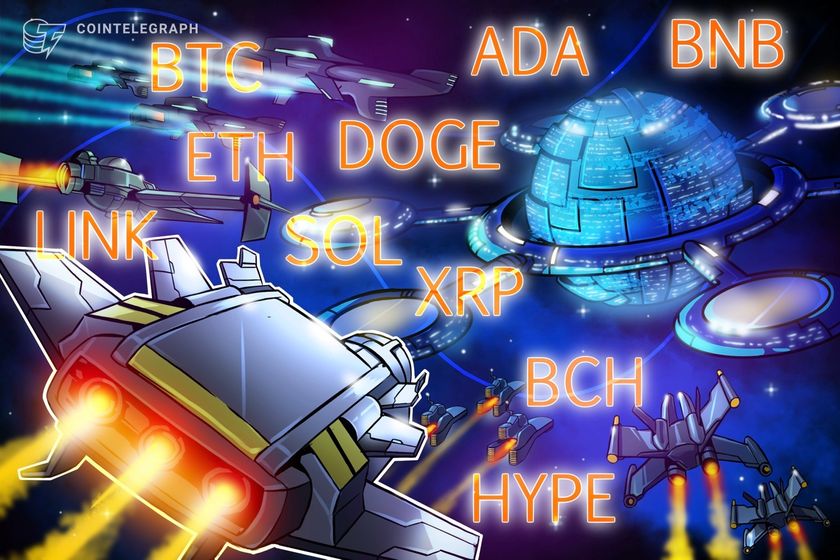Revolutionary Fix: OpenAI Finally Solves ChatGPT’s Annoying Em Dash Problem
BitcoinWorld
Revolutionary Fix: OpenAI Finally Solves ChatGPT’s Annoying Em Dash Problem
Have you noticed the telltale em dashes—those long horizontal lines—popping up everywhere in AI-generated content? For months, this punctuation mark has become the unofficial signature of ChatGPT writing, appearing in school papers, business emails, customer service chats, and professional documents. The good news? OpenAI has finally listened to user feedback and implemented a crucial fix that gives you control over this persistent AI writing quirk.
What Was the ChatGPT Em Dash Problem?
The em dash—a punctuation mark longer than a hyphen—became so prevalent in ChatGPT outputs that it turned into a reliable indicator of AI-generated content. This created several challenges for users:
- Professional documents looked obviously AI-written
- Academic papers risked being flagged as AI-generated
- Business communications lacked authentic human touch
- Users couldn’t remove the dashes even with specific instructions
The problem had become so widespread that people began criticizing writers for being lazy and relying too heavily on AI assistance. Meanwhile, legitimate em dash users found their writing style suddenly suspicious.
How OpenAI Fixed the Em Dash Issue
After months of user complaints, OpenAI CEO Sam Altman announced a breakthrough solution. In a November 2025 post on X, Altman called it a “small-but-happy win”—users can now effectively control ChatGPT’s punctuation preferences through custom instructions.
| Before Fix | After Fix |
|---|---|
| Em dashes appeared regardless of user requests | Custom instructions properly respected |
| No reliable way to avoid AI signature punctuation | Users have full control over punctuation style |
| Frustrated users across all industries | More natural, customizable AI writing |
Using Custom Instructions to Control AI Writing Style
The solution lies in properly utilizing ChatGPT’s custom instructions feature. Here’s how to implement the fix:
- Access your ChatGPT settings and navigate to Custom Instructions
- Clearly state your preference: “Do not use em dashes in responses”
- Specify alternative punctuation preferences if desired
- Save settings for all future conversations
This update represents a significant improvement in OpenAI’s ability to understand and respect user preferences for AI writing style. While the em dash isn’t eliminated by default, users now have the tools to create content that matches their desired tone and style.
Why This Fix Matters for AI Writing Authenticity
The em dash fix addresses a broader concern in the AI writing landscape—the need for authentic, human-like content generation. As AI becomes more integrated into professional and academic writing, the ability to customize output becomes crucial.
OpenAI’s solution demonstrates their commitment to:
- User control over AI behavior
- Addressing specific pain points in ChatGPT usage
- Improving the natural flow of AI-generated text
- Reducing obvious AI signatures in professional content
Frequently Asked Questions
What is an em dash and why was it problematic in ChatGPT?
An em dash (—) is a punctuation mark longer than a hyphen. It became problematic because ChatGPT overused it, making AI-generated content easily identifiable.
How do I access custom instructions in ChatGPT?
Custom instructions can be found in your ChatGPT settings under the “Personalization” section, where you can specify writing preferences and style guidelines.
Does this fix apply to all ChatGPT versions?
The em dash fix through custom instructions is available across ChatGPT platforms, including web and mobile applications.
Can I still use em dashes if I want to?
Yes, the fix gives you control—you can choose to include or exclude em dashes based on your custom instructions.
Who announced this ChatGPT improvement?
OpenAI CEO Sam Altman announced the fix on his official X account, highlighting the company’s responsiveness to user feedback.
Conclusion: A Step Toward Better AI Writing Control
OpenAI’s solution to the em dash problem represents more than just a punctuation fix—it demonstrates the company’s growing understanding of user needs in AI writing customization. By implementing effective custom instructions that actually work, ChatGPT users can now create content that better reflects their individual style and professional requirements. This small but significant improvement marks progress toward more natural, controllable AI-assisted writing that serves rather than dictates user preferences.
To learn more about the latest AI writing trends, explore our article on key developments shaping AI content creation features and institutional adoption.
This post Revolutionary Fix: OpenAI Finally Solves ChatGPT’s Annoying Em Dash Problem first appeared on BitcoinWorld.
You May Also Like

Why This New Trending Meme Coin Is Being Dubbed The New PEPE After Record Presale

A New Star In The Best Crypto Presales To Invest In 2025 Vs Bnb And Hype

Price predictions 11/14: BTC, ETH, XRP, BNB, SOL, DOGE, ADA, HYPE, LINK, BCH
Bitcoin has broken below the psychologically crucial $100,000 level, signaling that the bears are in full control. The next strong support on the downside is at $87,800. Key points:Bitcoin has broken below the psychological support at $100,000, opening the gates for a potential sell-off to $87,800.Several major altcoins are approaching their support levels but have failed to bounce with strength, increasing the risk of a breakdown.Read more